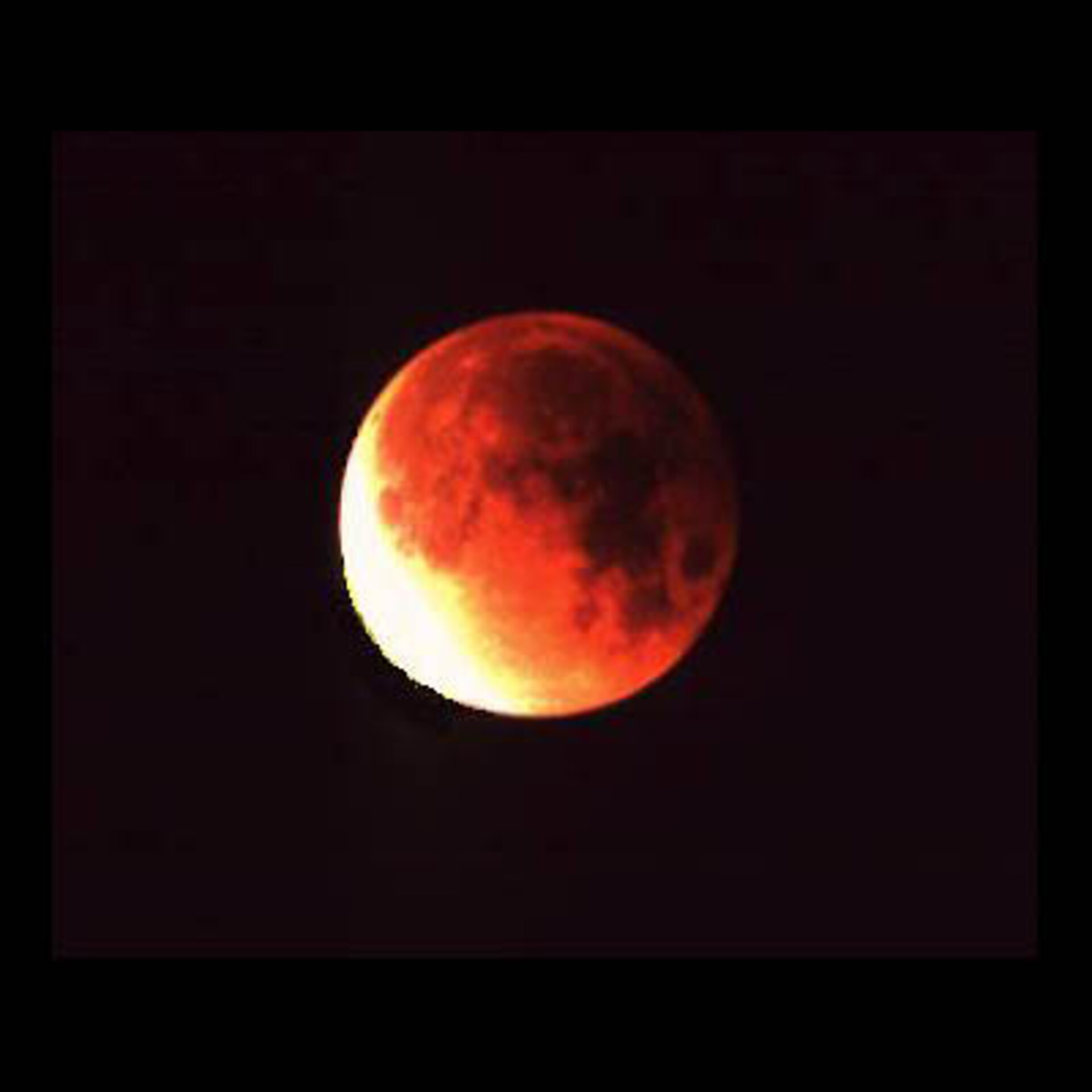Moons and Earths
Four times smaller than the Earth, the Moon is the only natural satellite of the Earth: attracted by the gravity of the Earth, it is orbiting the Earth at 384 000 kilometres distance. To make one whole turn, it takes it 27 days, 7 hours and 45 minutes.
Rules and preparation:
- The class divides up into two groups, the Moons and the Earths. Each Moon chooses an Earth as partner.
- Earth and Moon each hold one end of a 2-metre-long non-elasticated rope. The rope should be kept taut throughout the exercises. The rope represents the force of attraction between the Moon and the Earth.
- The Earth has to stand still. If it moves, it must let go of the rope and the exercise ends.
First exercise: The Earth pulls on the rope to attract the Moon towards it. The Moon should not try to resist but just let itself be pulled along. Where does the Moon end up?

Second exercise: The Moon runs to one side. The Earth shouldn’t move or resist on the rope. Can the Earth stay where it is without making any effort? If the Earth doesn't resist, what happens to the Moon?






